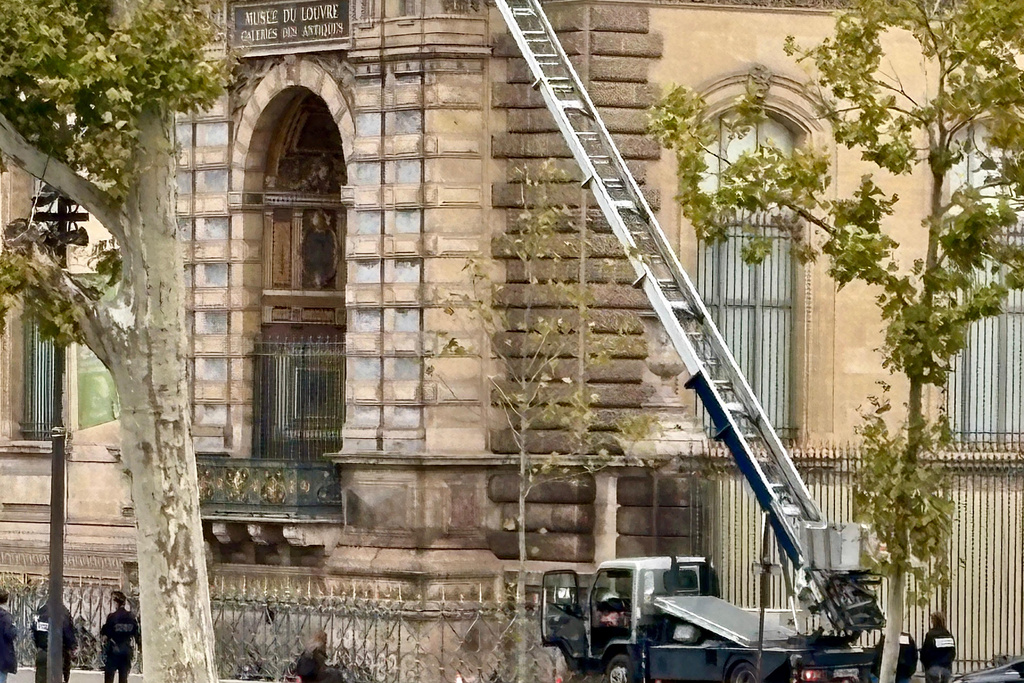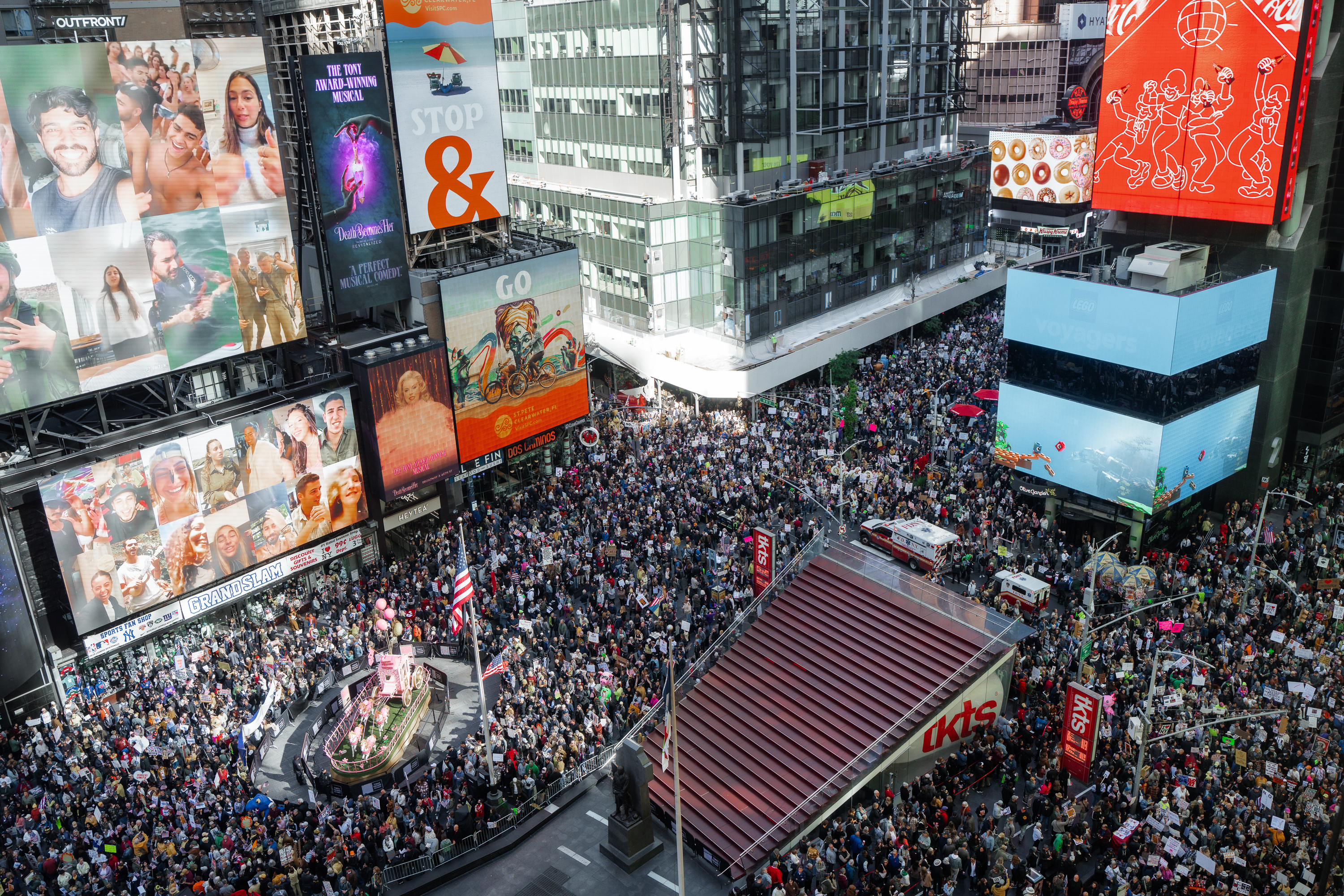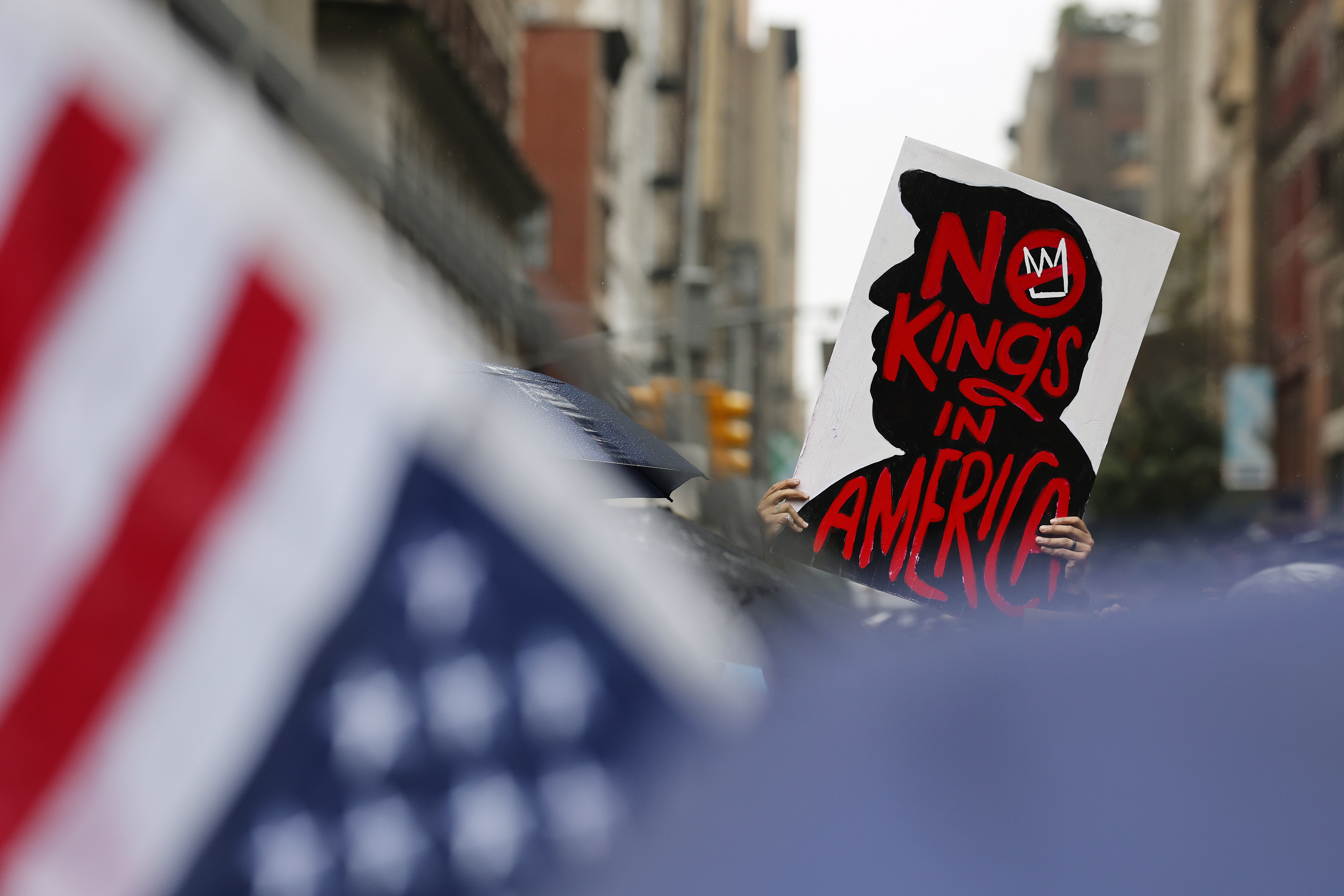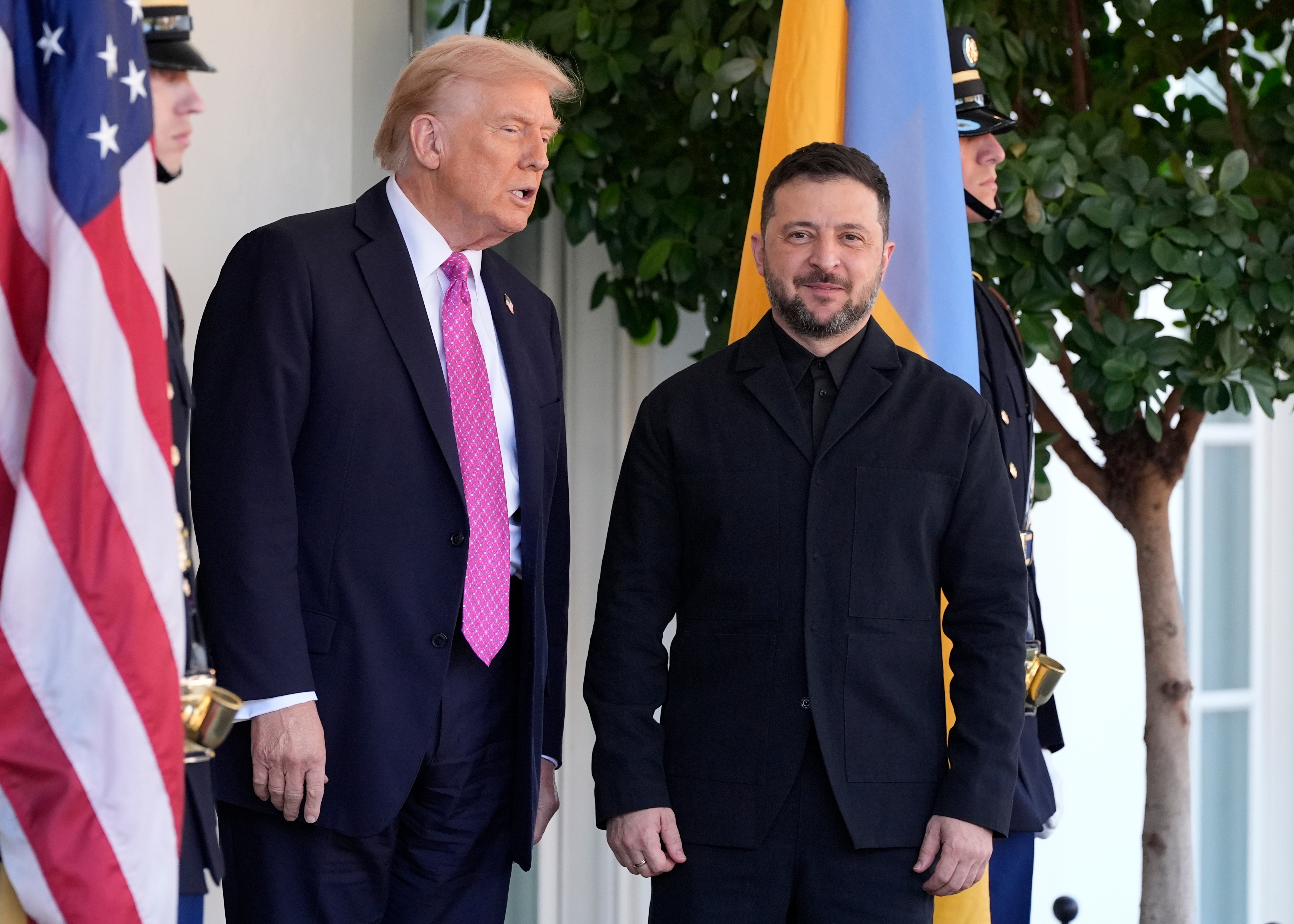Some politicians are using information about drug smuggling to defend their opinions on whether to build a wall. Democratic New York Rep. Nita Lowey recently said this:
"The facts are, the majority of opioids and all kinds of other things that are connected to the opioids are coming through the point of entry. But they're coming in trucks, they're coming in cars, they're coming right through the point of entry."
Lowey isn't debating whether Mexico is the source of lots of these drugs. Instead, she's focusing on how drugs get into the U.S.
Lowey's talking about official ports of entry: the country's airports, sea ports or land border crossings. According to data from Customs and Border Protection, the vast majority of its drug seizures are at ports of entry.
In the course of about a year, agents seized over 5,300 pounds of heroin, and about 90 percent was confiscated at a port of entry. In a similar time span, agents confiscated almost 1,700 pounds of fentanyl, and about 80 percent of that was seized at a port of entry. The proportions are similar for non-opioid drugs like cocaine and meth.
But of course we don't have figures for illegal drugs that successfully make it into the U.S., whether through ports of entry or between them. So Lowey's statement lines up with federal data, but that data isn't a complete picture of how drugs are getting here.
Bringing that back to the question of a border wall, it's unclear how it would affect the current drug crisis. A wall likely wouldn't impact drug smugglers who try to enter at legal crossing points. But it might affect those who try to cross illegally. That includes the people agents have been stopping — and the ones they haven't.
This story is reported in partnership with PolitiFact and is part of an in-depth analysis show called "What The Fact" that airs Sunday mornings on Newsy.











